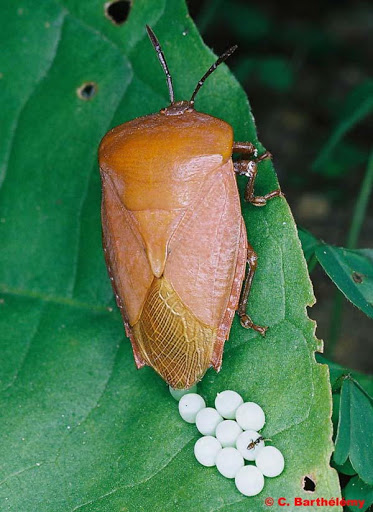I saw this large beige beetle on a large pine cone on the ground in February in Hsinchu county Taiwan.
It was about 4 cm long and 2 cm wide and the color was similar to the pine cone it was standing on. Though it was sunny it was cool (15 C) and the beetle didn't really respond when I picked up the cone.
I remember seeing a sign about (apparently) this species in November when hiking so I've attached it as well. I think the sign warns that this is a pest but I can't read it; I assume it is in Chinese.
Unfortunately I didn't remember the poster (from November) until later.
Any idea what it is and/or what the kind of cone that it's on, and what problems it can cause?









